How to avoid a 'chairdrobe' – tips for navigating the dreaded messy chair in your bedroom
So many of us are guilty of allowing bedroom clutter to build up, creating a ‘chairdrobe’ or a ‘floordrobe’ – but are there any practical ways to avoid this?
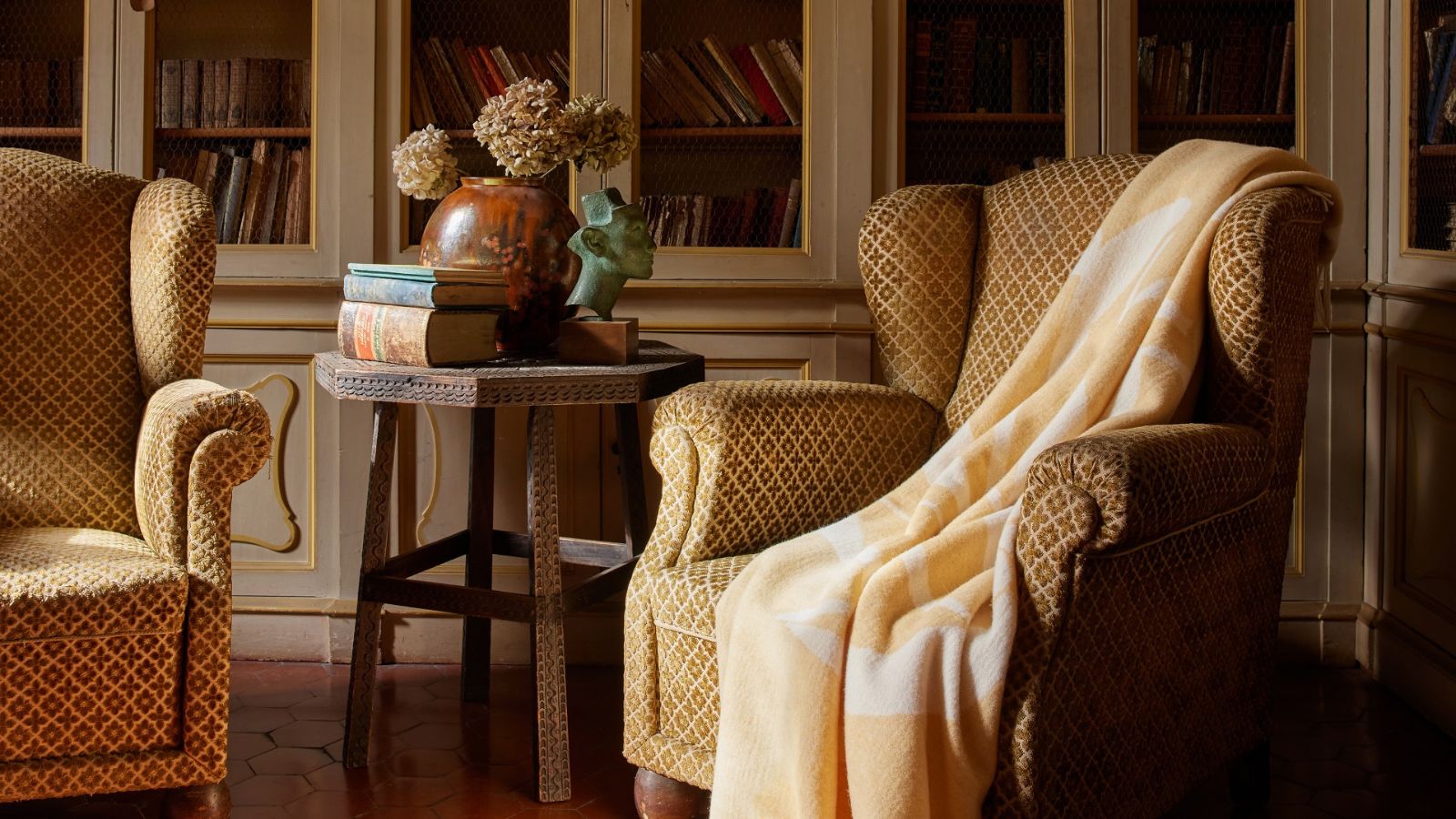
If you’ve got a pile of clothes and other paraphernalia piled up on your bedroom floor or on your solitary bedroom chair, you’re certainly not alone!
Instead of deploying any useful closet organization ideas, many of us are guilty of using the chair or floor near our beds as an 'extra' wardrobe space – despite the fact that all this does is create extra clutter and chaos in a room that is meant to feel serene and relaxing. So why do we do it? Organizing professional Lucy Milligan Wahl, founder of LMW Edits explains that a 'chairdrobe' or 'floordrobe' usually serves as an in-between spot for clothes we don't quite know what to do with.
'There are some really common reasons for a chairdrobe,' she says. 'One is not knowing where to put clothes that have been worn (so they're not clean) but can be worn again before laundering (so they're not dirty). If it can't go in the closet, then it goes anywhere else it fits, which is often the chair or the floor.'
Though it may feel like the easier option, the reality is that a ‘floordrobe’ or a ‘chairdrobe’ usually presents an unnecessary hindrance in our lives – leaving us tripping over items, misplacing them, and perhaps even too stressed to sleep. But worry not, as there are some easy solutions and systems you can put in place to help you reclaim a relaxing bedroom...
How to avoid a 'chairdrobe'
The key to avoiding a ‘chairdrobe’ or ‘floordrobe’ is to finally be realistic about the clothing items you wear and how you wear them. Resolving to just 'be tidier' or keep a more organized bedroom usually won’t cut it – instead, it’s important to think about your daily life and how your clothes need to work for you every day.

Lucy Milligan Wahl is a professional organizer and founder of LMW Edits. She is a National Association of Productivity and Organizing Professionals (NAPO) Golden Circle member and has earned certificates in Essentials of Organizing and Residential Organizing. LMW Edits has a current NAPO Business Stamp of Approval.
1. Be realistic about what you wear – and what you don’t
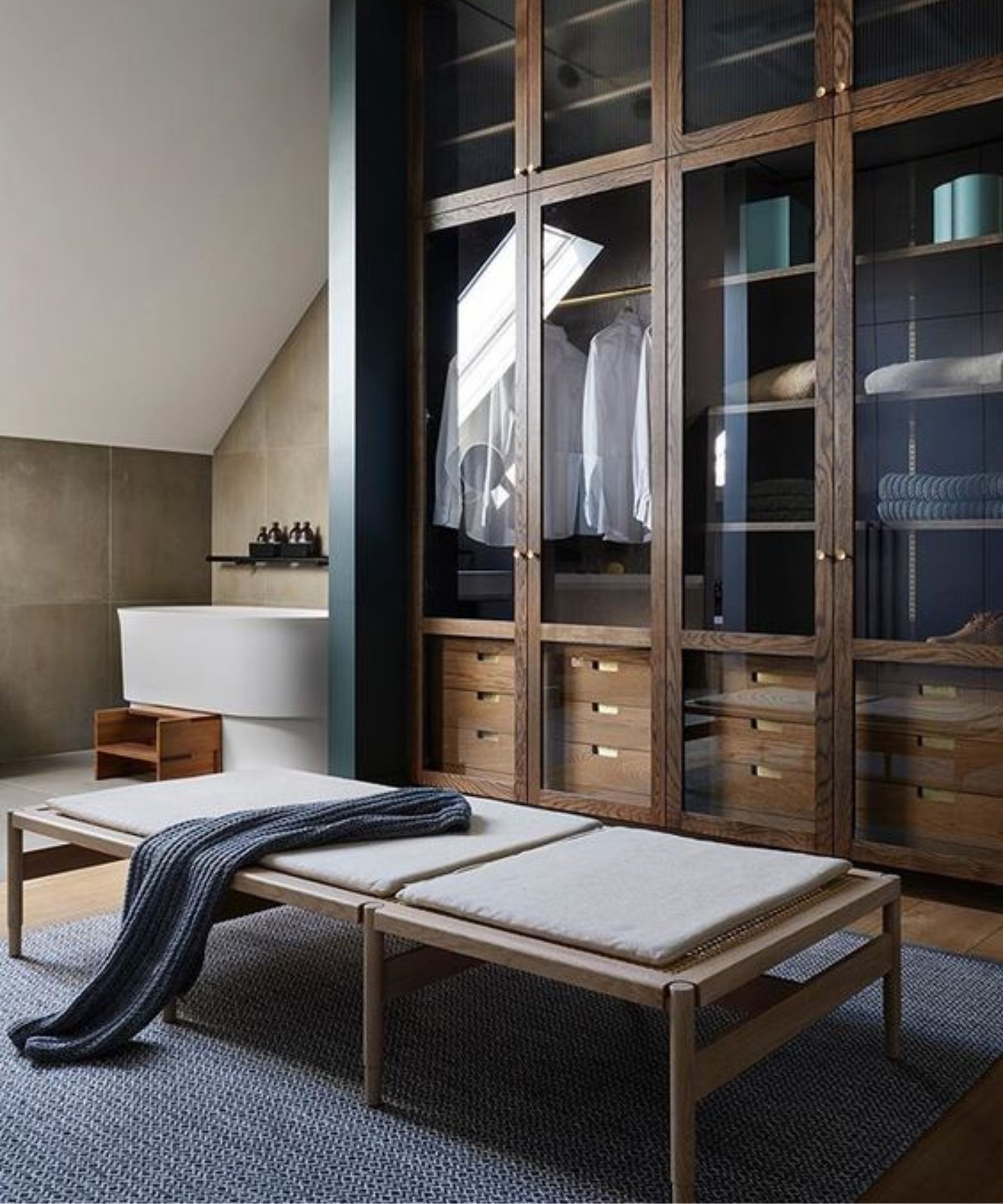
To be able to honestly assess why a chairdrobe or floordrobe happens, it’s important to consider whether the clothes you have in your closet right now are pieces you actually love to wear – or whether you discard them onto your nearby floor or chair every time you need to put together an outfit.
'The first step to avoiding a chairdrobe is to clean out that closet,' Lucy Milligan Wahl says. 'Make sure that everything stored in there is something that makes you feel great when you wear it.' If it is, it’s unlikely to always end up pushed aside.
This step is also about making space in your closet for the items that usually end up on the floor or chair - if, indeed, space is the reason you can’t fit them into your closet.
'To avoid the continual piles of clothes, firstly cull your wardrobe and eliminate those items you’ll never wear again – another outdated, ill-fitting or rarely worn,' says professional organizer Lisa Dooley, Founder of Your Organized Life. 'Move out of season items and special occasion wear to another location if possible.
'All of this should open up space in your closet – your prime real estate - for those items you are wearing so that they don’t end up on the floor.'

Lisa Dooley is a professional organizer and founder of Your Organized Life, which helps people to organize countless aspects of their lives, from their closet to a house move. She is a member of the National Association of Productivity & Organizing Professionals and since May 2021, has also served on the board of NAPO-New England as treasurer.
2. Designate a better spot for the clothes you want to wear again
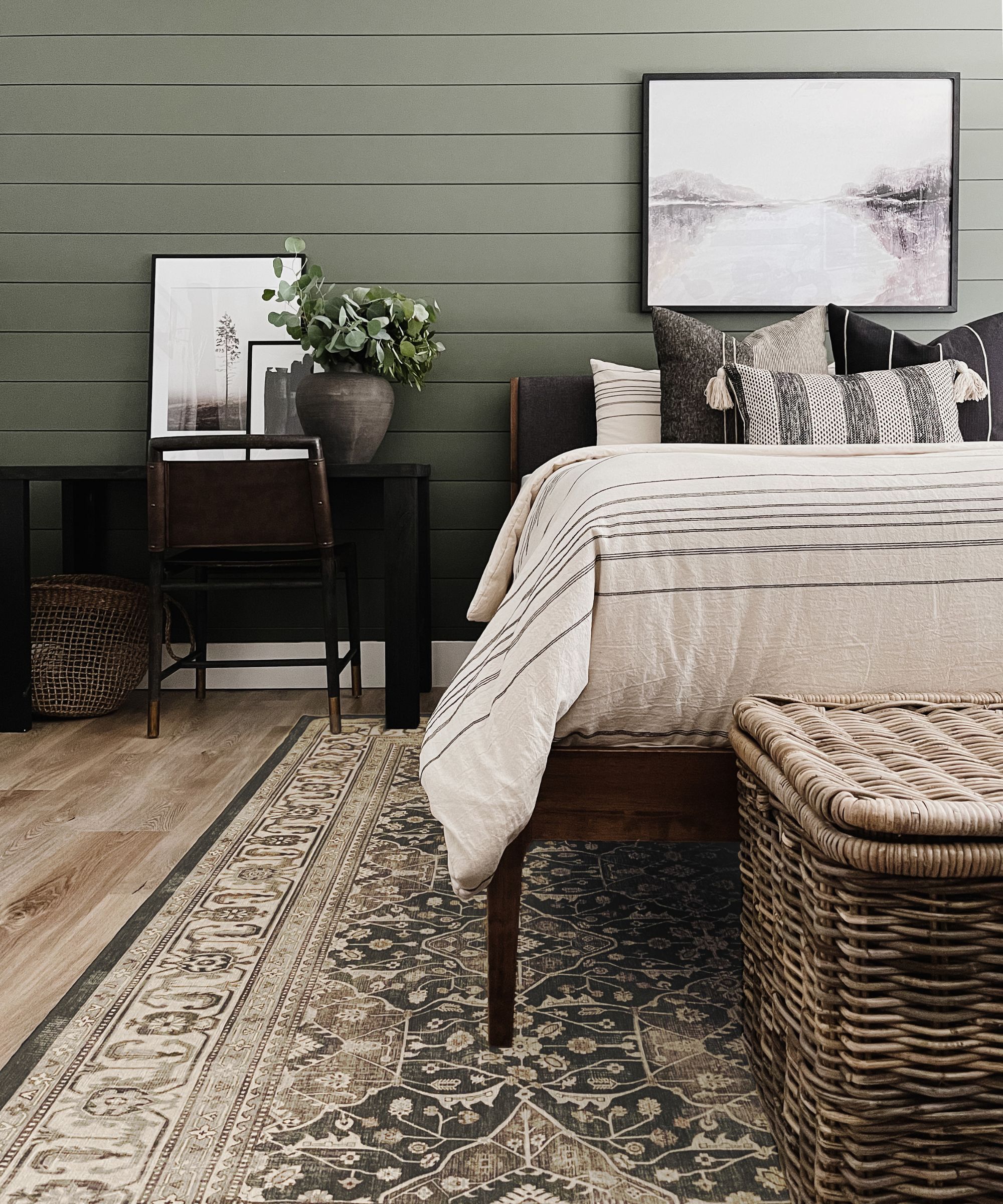
Arguably the most effective way to avoid a chairdrobe is to find a more appropriate and functional place for those ‘in-between’ clothes to live. 'It’s important to designate a place for those "purgatory" clothes (which are not completely clean, but not dirty either) to go,' Lucy Milligan Wahl says.
There are plenty of different options for achieving this, all of which require minimal effort and DIY. For example, 'Hooks on the backs of doors are a great way to hang up items you want to wear again but don’t want to put “away” in a closet or drawer,' she suggests. This could be in the form of an over-the-door hook rail or separate, stick-on hooks that go on your walls if preferred.
Or, you might instead want a very simple alternative to the floor or a chair, in the form of a basket, bin, or even an ottoman at the foot of your bed.
'If you need a place to put those clothes that are “half worn” – one that’s accessible but not necessarily visible while in bed – I recommend a bin or basket in the spot you are most likely to throw your clothes,' suggests Angela O’Brien, professional organizer and Founder of Your Space Reclaimed. 'A basket will hide the clothes away and make the space feel much tidier overall, but also keeps them close to where you are likely to look for them the following day.'
Though this may seem like a little extra effort, Lucy points out that it’s a system you’ll thank yourself for putting in place. 'Start thinking about how "future you" is going to be so excited that "past you" put the purgatory items on the hooks or in a basket. When you frame it this way, putting your stuff where it belongs becomes a quick act of self-care rather than a dreaded task of drudgery,' she says.

Was $40 - $170, now $24.99 - $136
These rattan boxes fit neatly inside closets or under the bed for stylish alternative storage.

Angela O’Brien is a professional organizer and Founder of Your Space Reclaimed based in Dallas, Texas. She specializes in helping families with special needs children to organize their spaces and lives, and is a Certified Enneagram Coach through Cloverleaf. She has also completed a Professional Organizer Certificate Course at International Association of Professionals (IAP College).
3. Adjust your bedtime routine timeline
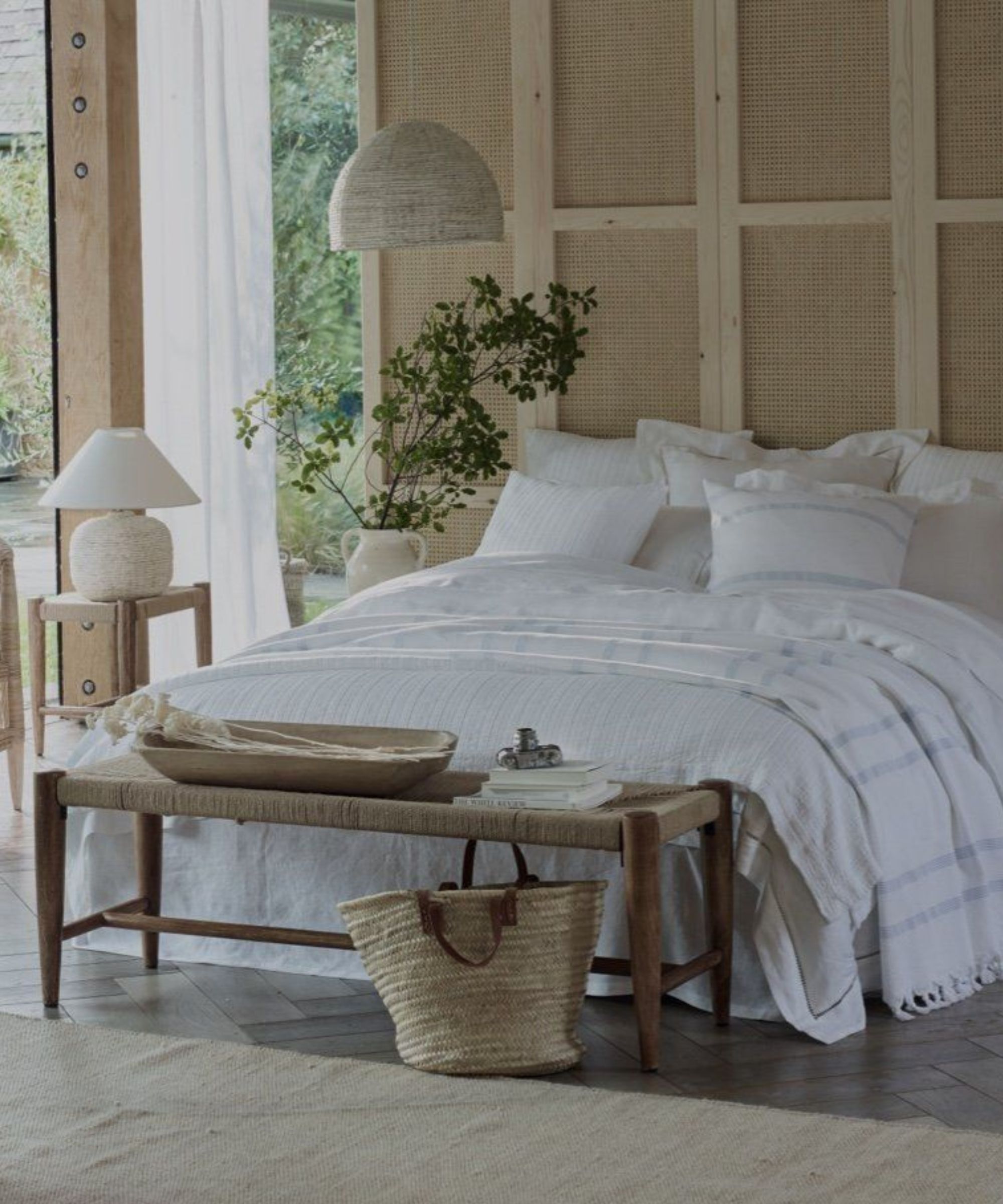
Sometimes, half the struggle with properly putting clothes away is simply due to not having the energy to think about where they need to go at the end of a long day.
If this is the case, it may be worth deciding on your items earlier in the day to avoid pre-bedtime fogginess. 'A change in routine might provide you with more time and momentum to put away clothes rather than just leaving them on the floor or a chair,' Angela O'Brien points out.
'Getting ready for bed a bit earlier in the evening, perhaps immediately after dinner or before sitting down to watch that new show, might give you just enough energy and time to put away your clothes, chuck them in the laundry, or lay them out for the next day on a hanger, rather than simply throwing them on the floor before crawling under the covers.'
4. Clear out a section of your closet for 'in-between' clothes

Alternatively, if you’d rather not have hooks or a basket added to your bedroom, or perhaps you don't have space in a small bedroom, it can be helpful to consider assigning a section within your closet (or in a separate chest of drawers) that is specifically for those in-between clothes.
Lisa Dooley suggests, ‘designate just one or two drawers and a space within your closet for frequently worn items so they are easily accessible. Perhaps even label these drawers or this space so you always remember what should go there.'
This mitigates the need to mix your worn (but not yet dirty) clothes with the rest of your fresh, not-yet-worn clothes in your closet – but still allows you to put them away somewhere where they won’t be an inconvenience and won’t add to the visual clutter of your bedroom.
5. Decide how often your clothes need to be washed
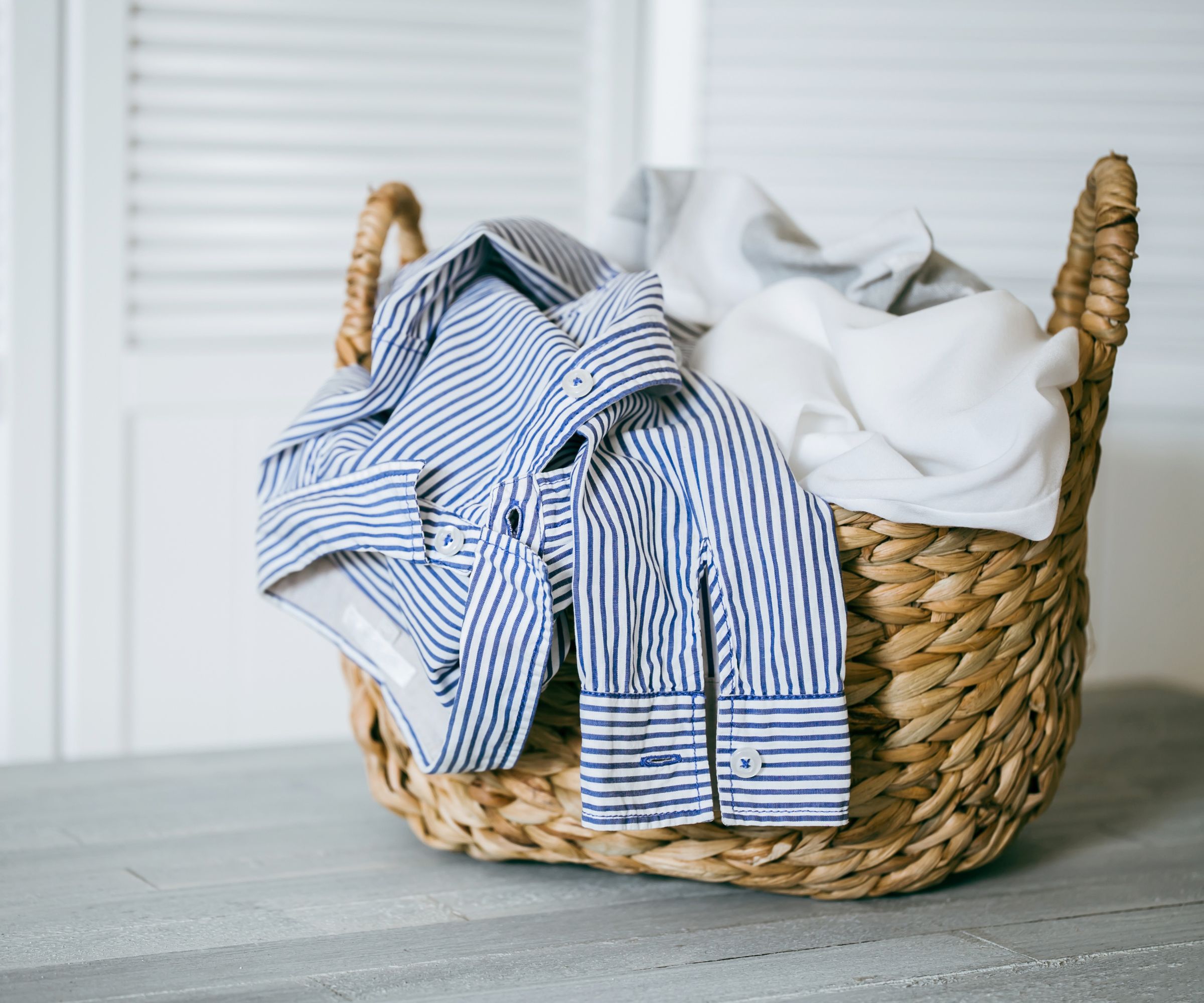
Often, at least part of the reason for dropping items onto your floor or chair at the end of a busy day is due to decision fatigue. Perhaps the jumper you wore around the house that day isn’t technically dirty or stained, but you simply can’t work out if it’s due a wash, or whether it can stretch to another day of wear?
If this is the case for you, it may well be worth assigning some sort of set schedule for washing certain items. For example, it may be helpful to note that sweaters worn around the house should be washed after every three wears, and jogging bottoms every two wears. Undergarments such as bras should ideally be washed after every two to four wears, too.
Sticking to this kind of schedule means you'll know when an item is due to be washed without having to think about it too much, and will mean it's immediately clear whether an item can go back in its designated spot, or if it needs to head promptly to the laundry room.
6. Reminder yourself of your bedroom’s primary purpose
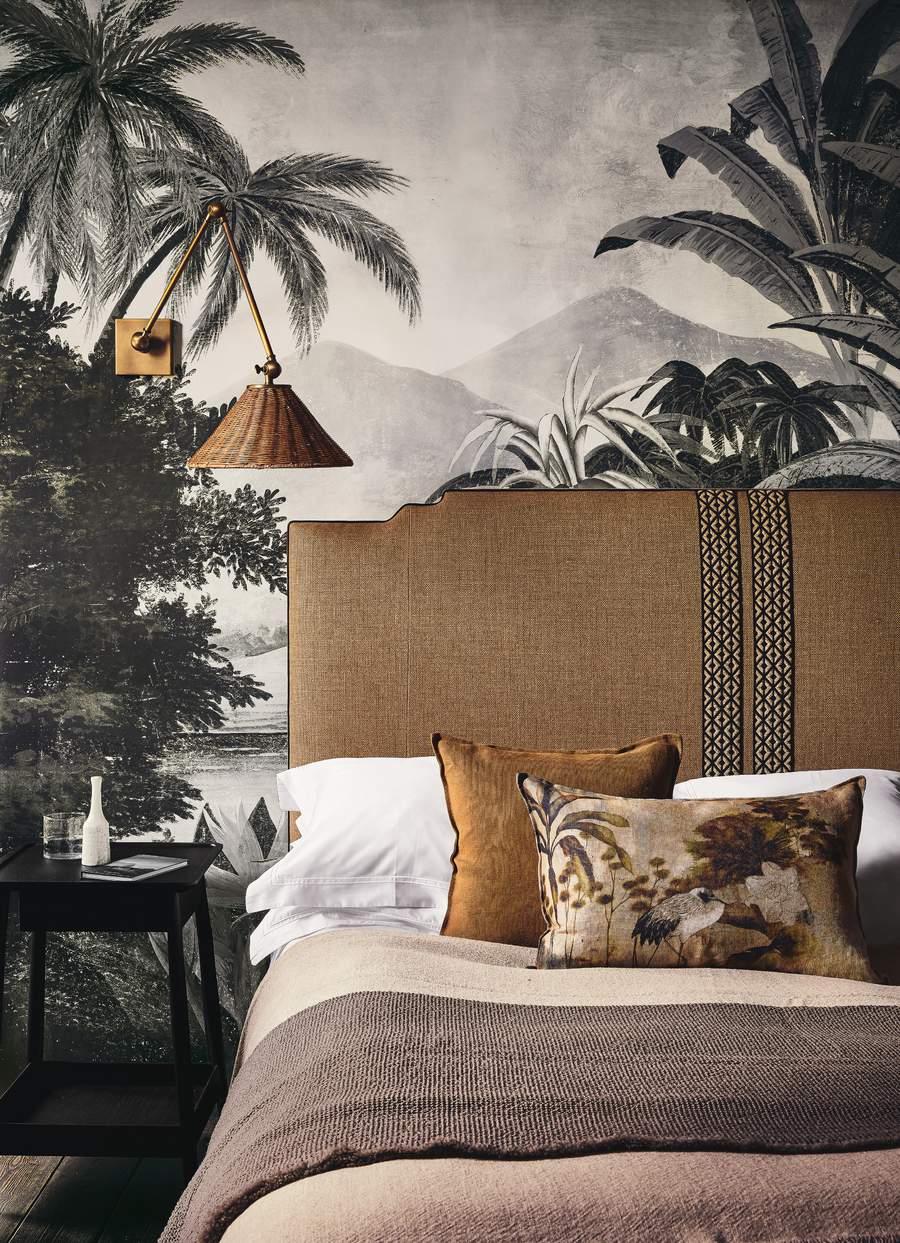
One of the biggest ways to motivate yourself to do what you can to avoid a chairdrobe or floordrobe, is to consider just how this pile of clutter might be contributing to any sleep struggles you might be experiencing.
'Our bedrooms are intended to be a place of calm and relaxation – and being surrounded by piles of clothes is stressful and impacts our sleep and wellbeing,' Lisa Dooley points out.
In fact, Angela O'Brien states that the bedroom is one place where visible clutter should never be if you want a space that's conducive to sleep. 'It is well documented that clutter in our bedrooms can lead to overstimulation and even anxiety in our brains, which is not recommended when trying to get some shuteye,' she says.
And of course, there’s the added benefit that the lack of a chairdrobe or floodrobe also often means less laundry to do, too! 'A major characteristic of a floordrobe is that dirty and clean clothes get intermingled, and when someone is finally fed up with the mess, they tend to just wash everything,' Lucy says.
'When you have an organized closet with room for everything you own – including a place for those purgatory items to live – you only ever have to wash the clothes that are actually dirty.'
If you're feeling inspired to declutter and organize your clothes, we suggest starting with the closet organizers professionals always buy and parting ways with old or worn-out items that no longer serve you.
Sign up to the Homes & Gardens newsletter
Design expertise in your inbox – from inspiring decorating ideas and beautiful celebrity homes to practical gardening advice and shopping round-ups.
Amy Hunt is a freelance lifestyle writer and editor primarily covering homes and interiors, wellness, travel and careers. She was previously Lifestyle Editor at woman&home, commissioning and editing the homes, books and features sections of the website,
In 2019, she won the AOP Digital Journalist of the Year Award, for her work on womanandhome.com. Having worked in the industry for over eight years, she has contributed to a range of publications including Ideal Home, Livingetc, T3,Goodto, Woman, Woman’s Own, and Red magazine.
-
 5 living room paint colors going out of style in 2025
5 living room paint colors going out of style in 2025What colors are going to date your living room this year? We look at the shades that are falling out of favour in 2025
By Sophia Pouget de St Victor
-
 Your hydrangeas will flourish with bigger blooms and healthier growth thanks to this natural material
Your hydrangeas will flourish with bigger blooms and healthier growth thanks to this natural materialDiscover why you should be using leaf mold to mulch hydrangeas
By Drew Swainston